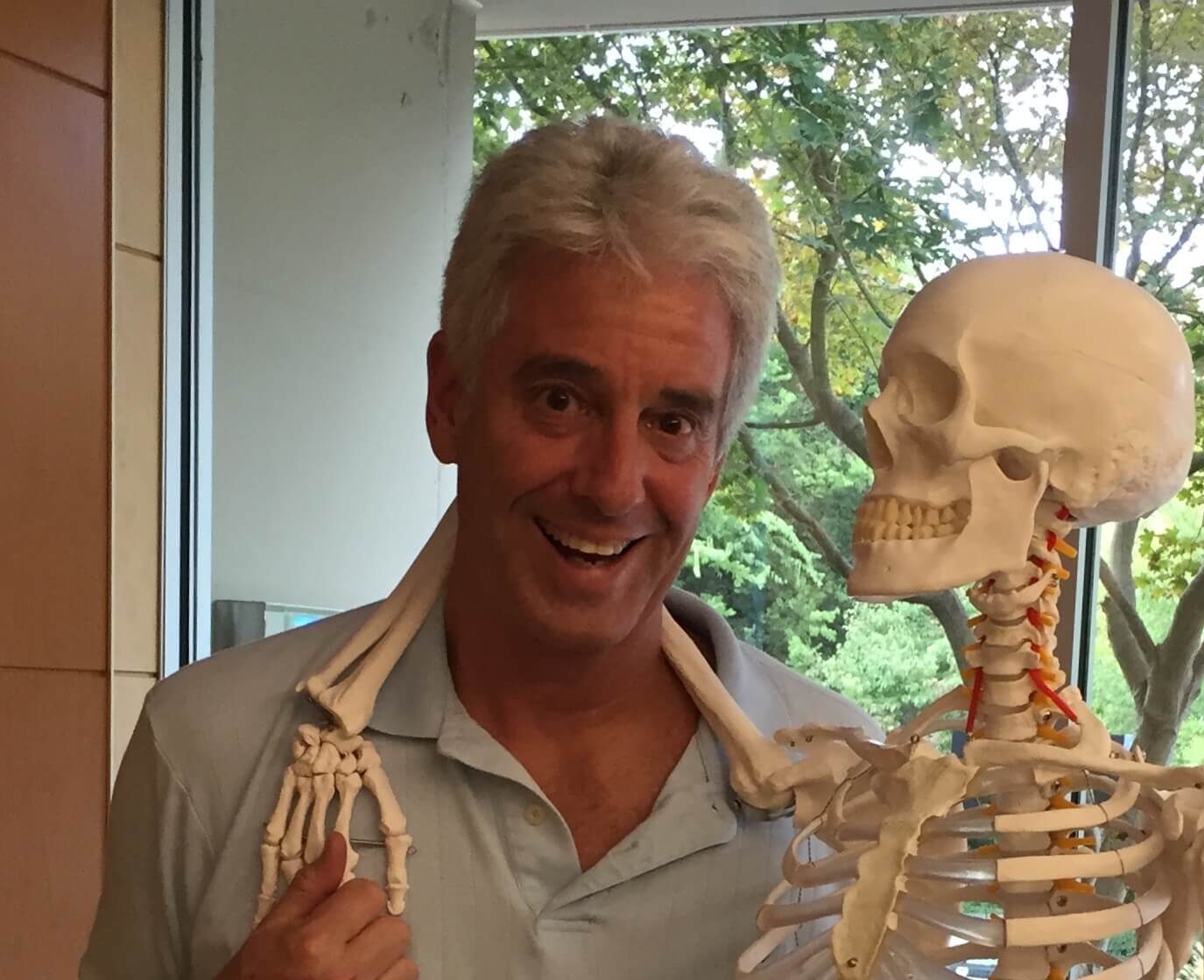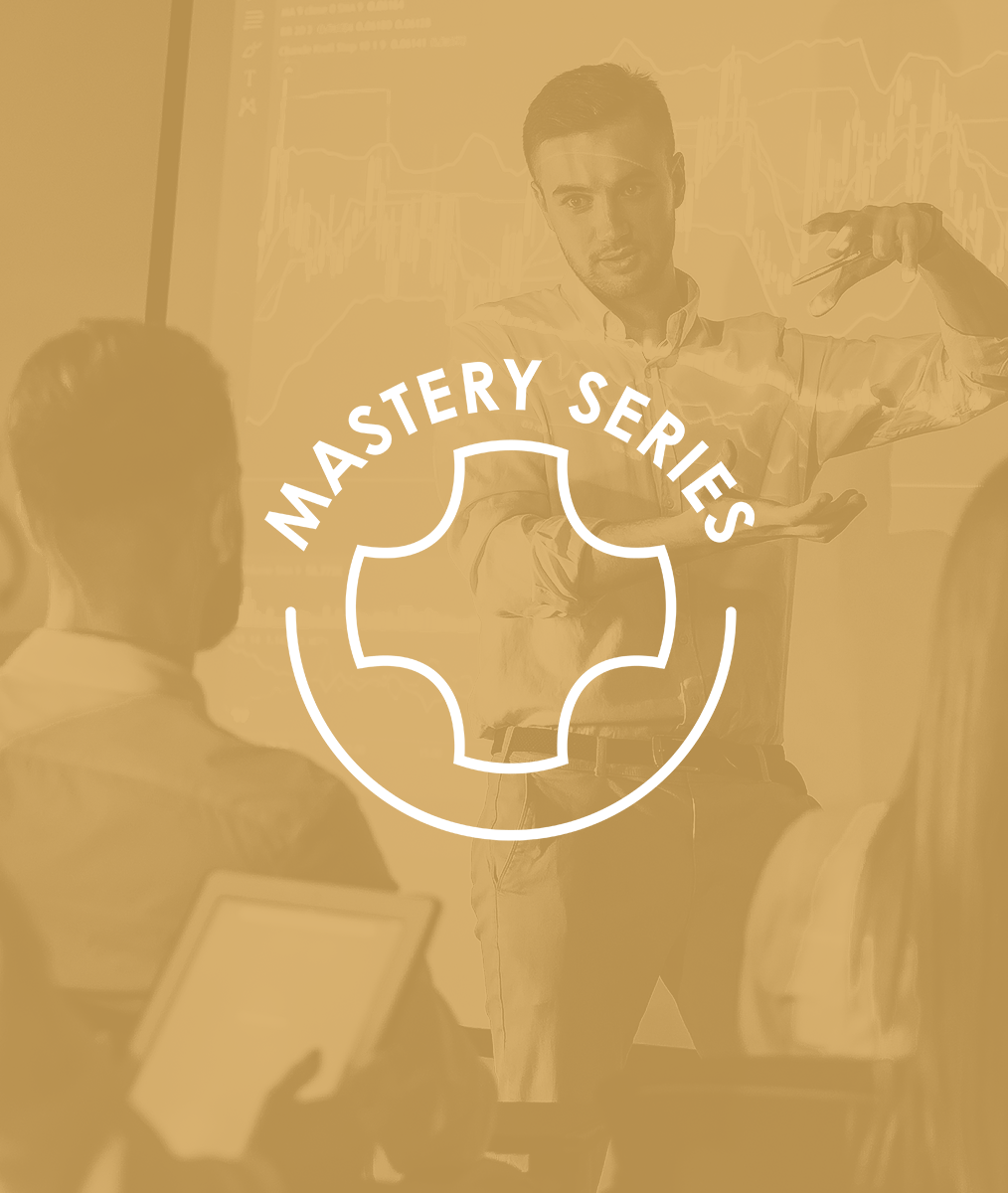Do your patients know the services you provide?
By Phillip Gold, Master CDT
At a lecture in Atlanta a few years ago, Dr. John Cranham told us about a patient who had been in his practice for years and mostly came in for hygiene and emergency visits. She moved out of town for about a year and then returned to their dental practice.
She made a hygiene appointment and when John walked in to greet her, he saw a woman with a beautiful smile. He was almost speechless. When he gained his composure, he remarked on the beautiful dentistry she had achieved while she was away. He asked her what got her excited enough to get the work done.
She said, “I’ve always wanted to do something like this but I didn’t know who could do it.” When he explained that they do dentistry like this all the time she said, “I had no idea, I thought you only did emergencies and patch work.”
How do you rebound from that? You make it a lesson learned and one you do not want to repeat!
How do you spread the word?
- Website Communication:
Your practice website serves as a virtual front door. Make sure it clearly communicates all the services you provide. Consider creating separate pages or sections on your website dedicated to each service. Provide detailed information, FAQs, and before-and-after photos to show your expertise.
Don’t fail to inform them of payment options that will make it easier for them to afford the dentistry they desire.
- Smile Galleries and Visual Displays:
Smile galleries in your office can be powerful tools. Display before-and-after photos of actual patients who have undergone various treatments. Seeing these transformations can inspire curiosity and interest. Also use photo books or digital displays in your reception area to showcase successful cases. Patients waiting for their appointments can browse through these visuals and learn about available services.
- Social Media Engagement:
Leverage social media platforms to highlight your services. Regularly post content related to different treatments, patient testimonials, and educational videos. Share success stories, patient experiences, and behind-the-scenes glimpses of your practice. Encourage patients to follow your social media accounts to stay informed.
- Team Training and Communication:
Train your team members to discuss services confidently. Encourage team members to engage in friendly conversations with patients. When patients ask questions, provide informative answers and emphasize the benefits of specific treatments.
- Handouts and Placards:
Create simple handouts or placards that outline your services. These can be placed in the waiting area, treatment rooms, or given to patients during their visits. Include brief descriptions of each service, along with any special features (e.g., same-day services).
- Educational Events and Seminars:
Host occasional events or seminars at your practice. Invite existing patients and potential new patients. Use these events to discuss different treatments, demonstrate procedures (if possible), and answer questions. It’s an excellent opportunity to engage directly with patients.
Remember, patients often don’t realize the full scope of what a dental practice can offer. By proactively sharing information, you empower them to make informed decisions about their oral health.




















